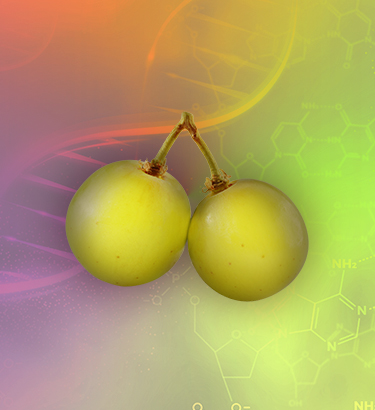In 2022, the American Cancer Society estimates clinicians will diagnose 9,910 new cases of testicular cancer in the United States. This figure is not huge—only about 1 in 250 men will develop testicular cancer at some point during their lifetime.
The disease typically affects men between the ages of 15 and 49, and accounts for just 1 percent of all cancers that occur in men. As well as being one of the less common cancers, treatment is often successful for testicular cancer. Therefore, the lifetime risk of dying from this type of cancer is very low.
Despite the relatively favorable statistics, it's still useful to know the risk factors, the signs and symptoms, and the genetic component of testicular cancer.











